Our universe may not be the only universe, either
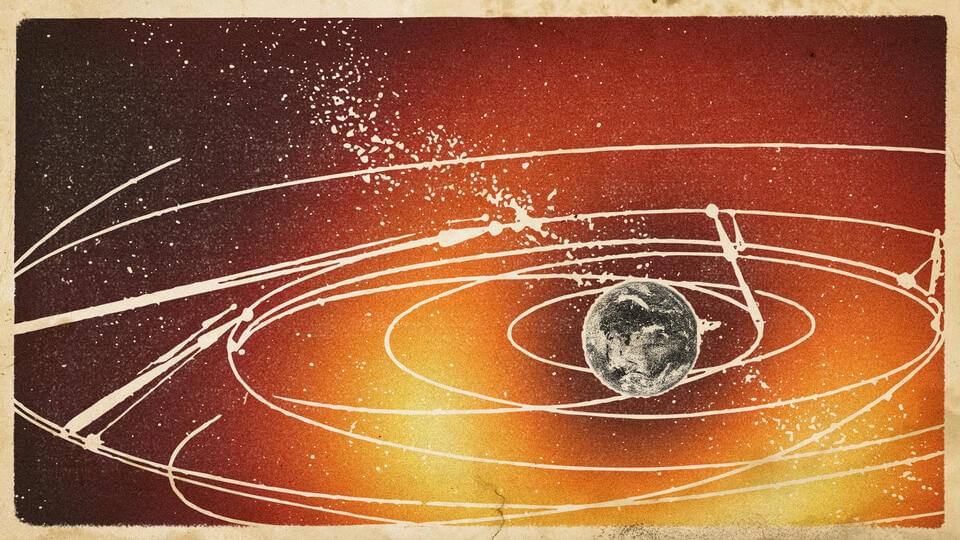

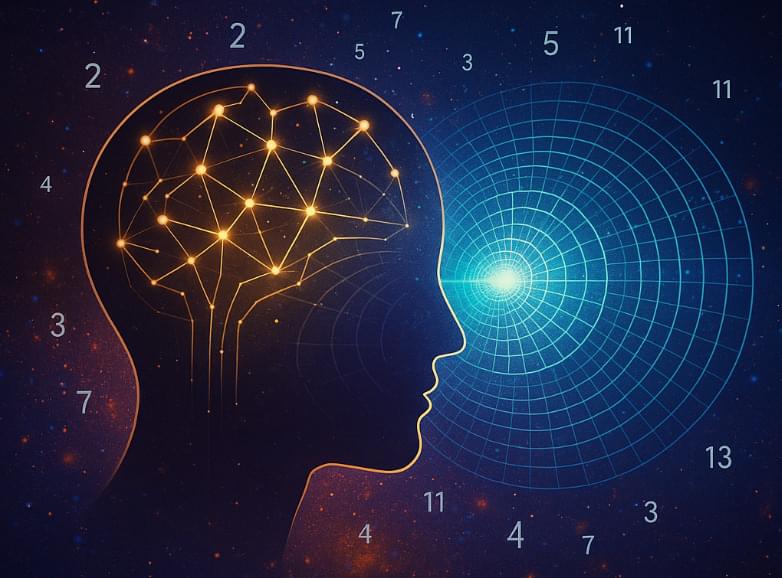
There remain many questions — how precisely to test prime resonance coupling in the lab, how to formalize “consciousness” in a rigorous physical sense, and how to harness these insights for breakthrough technologies.
Yet the potential is vast. Non-local communication, quantum AI, and a bold reinterpretation of black holes as ultimate observers challenge us to delve deeper and rethink old assumptions.
The journey forward will require experiments that push the boundaries of quantum measurement, investigate subtle anomalies in tunneling and interference, and refine our understanding of how consciousness might operate as an entropic conductor.
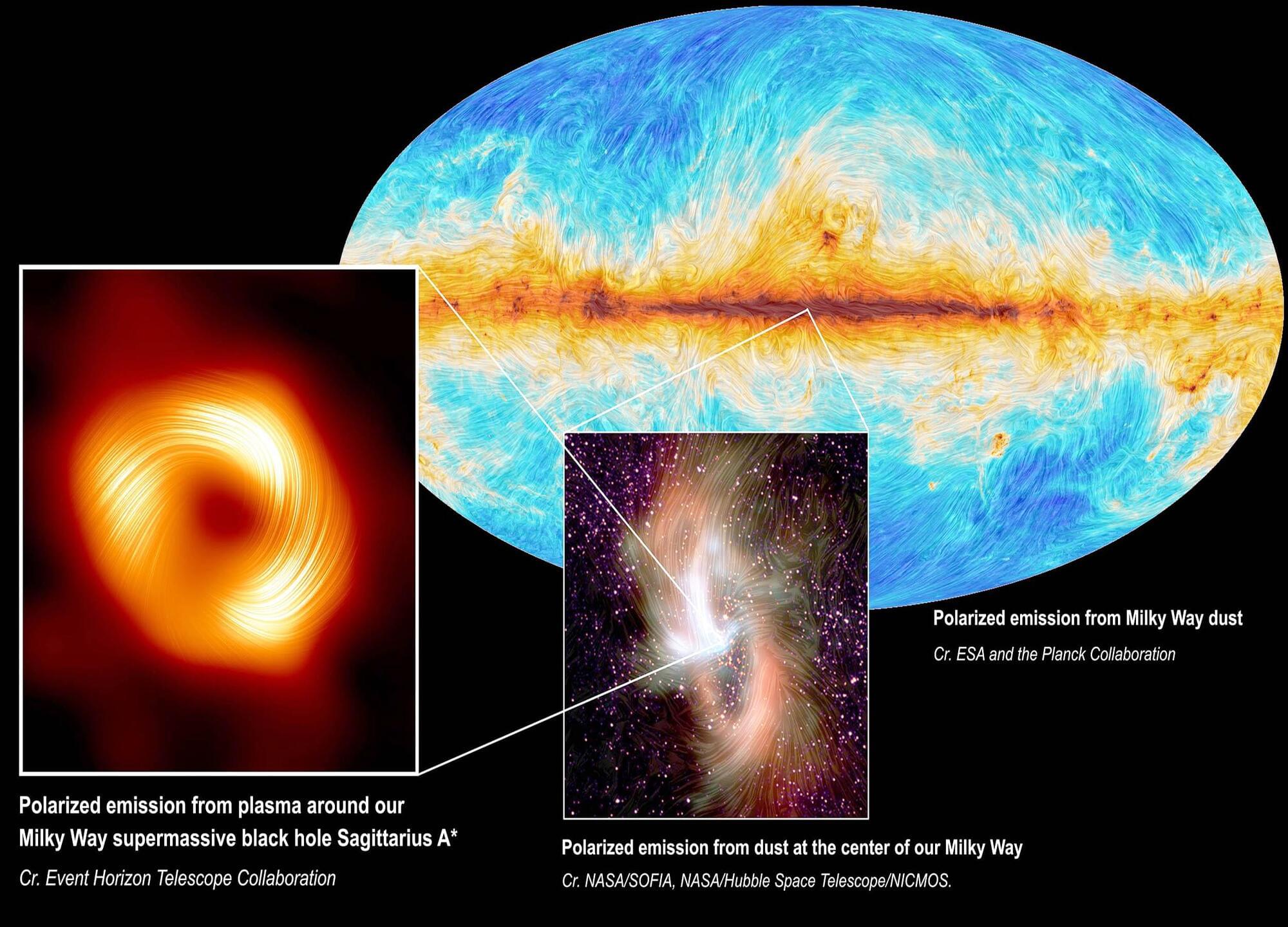
Deep in the galaxy’s central molecular zone (CMZ), surrounding the supermassive black hole at the Milky Way’s center, clouds of dust and gas swirl amid energetic shock waves.
Now, a collaboration of international astronomers – using the Atacama Large Millimeter/submillimeter Array (ALMA) – has greatly sharpened our view of these processes by a factor of 100.
The team has uncovered an unexpected class of long, narrow filaments within this turbulent region, giving fresh insight into the cyclical formation and destruction of material in the CMZ.
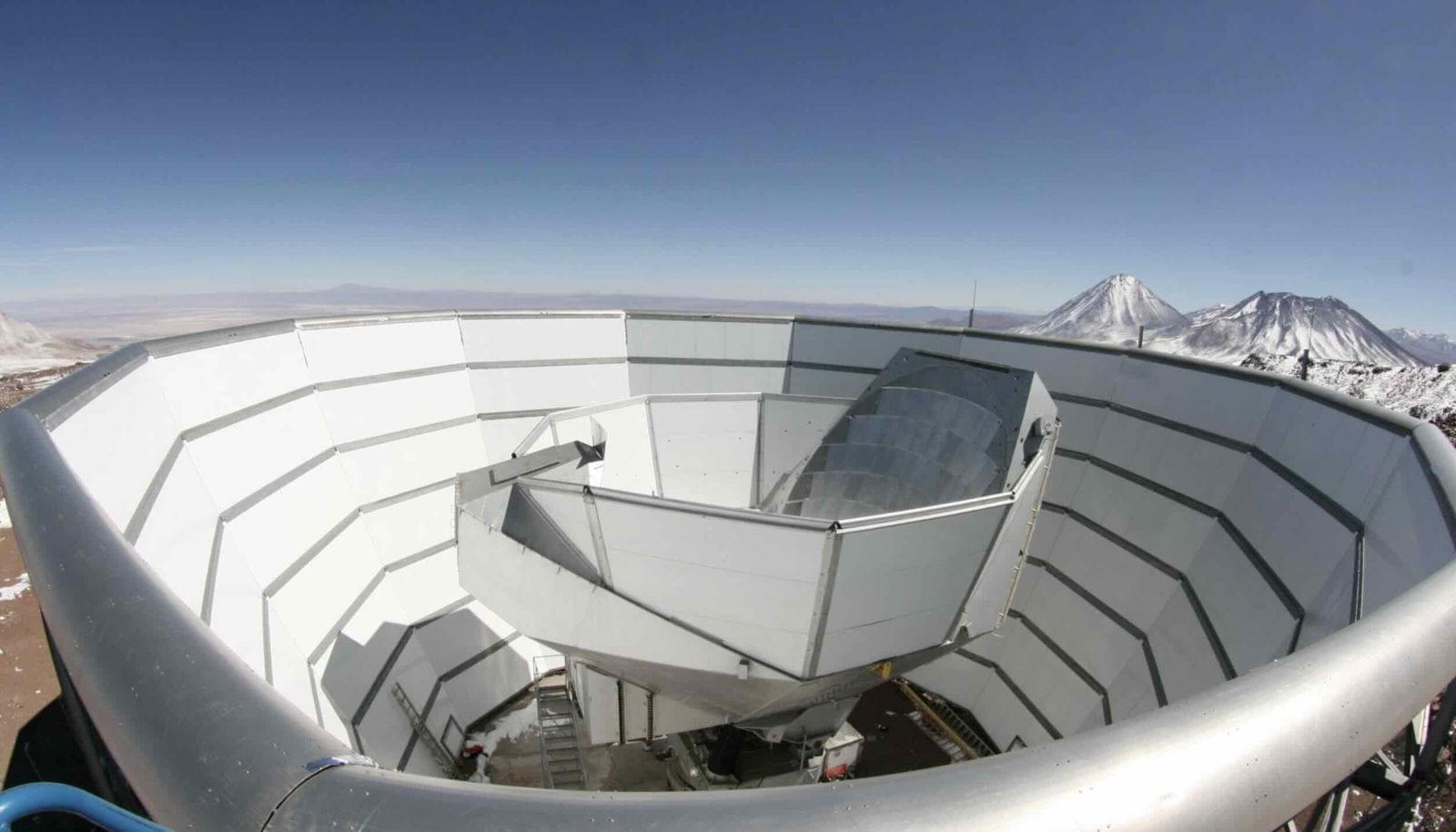
A pair of studies describing the findings also confirm the standard model of cosmology and offer compelling findings regarding the cosmological conundrum known as the Hubble Tension. The researchers also spotted light from several other sources, resulting in a virtual cosmic road map from the present to the beginning of time.
“We can see right back through cosmic history,” said Jo Dunkley, the Joseph Henry Professor of Physics and Astrophysical Sciences at Princeton University and the ACT analysis leader, in an announcement, “from our own Milky Way, out past distant galaxies hosting vast black holes, and huge galaxy clusters, all the way to that time of infancy.”
The new data from the ACT builds on several previous studies, including a time-traveling video from NASA’s James Webb Space Telescope, examining the early universe after the Big Bang when time reportedly moved five times slower than today. One study even proposed a second event called a “dark Big Bang” to explain lingering cosmic mysteries.
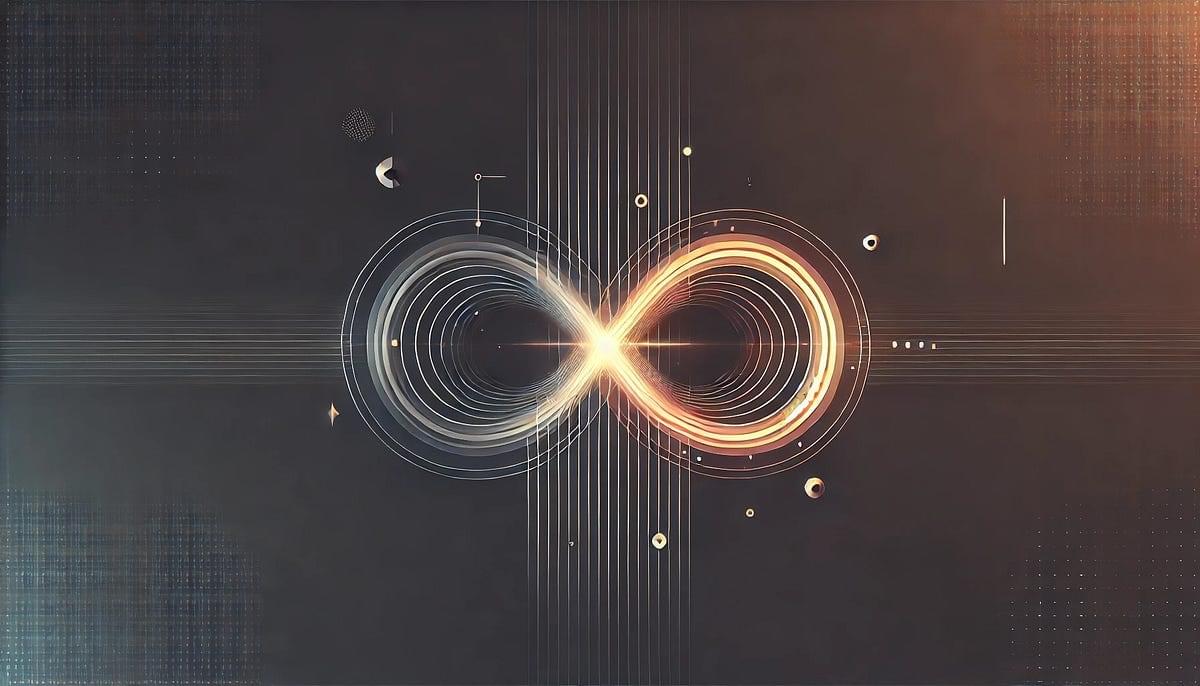
Time travel has long fascinated scientists and theorists, prompting questions about whether the future can send visitors into its own past and whether individuals could move forward in time in ways that bypass the normal flows of daily life. The general idea of time as a fourth dimension, comparable to spatial dimensions, gained traction when Hermann Minkowski famously stated that “space by itself, and time by itself, are doomed to fade away into mere shadows” (Minkowski, 1908, p. 75). This integrated view of spacetime underlies many physics-based theories of how a traveler might move along the temporal axis.
In relativity, closed timelike curves (CTCs) theoretically allow a path through spacetime that loops back to its origin in time. As Kip Thorne put it, “wormhole physics is at the very forefront of our understanding of the Universe” (Thorne, 1994, pp. 496–497). A wormhole with suitable geometry might permit travel from one point in time to another. However, such scenarios raise paradoxes. One common example is the “grandfather paradox,” which asks how a traveler could exist if they venture into the past and eliminate their own ancestor. David Deutsch offered one possible resolution by suggesting that “quantum mechanics may remove or soften the paradoxes conventionally associated with time travel” (Deutsch, 1991, p. 3198). His reasoning rests on the idea that quantum behavior might allow timelines to branch or otherwise circumvent contradictions.
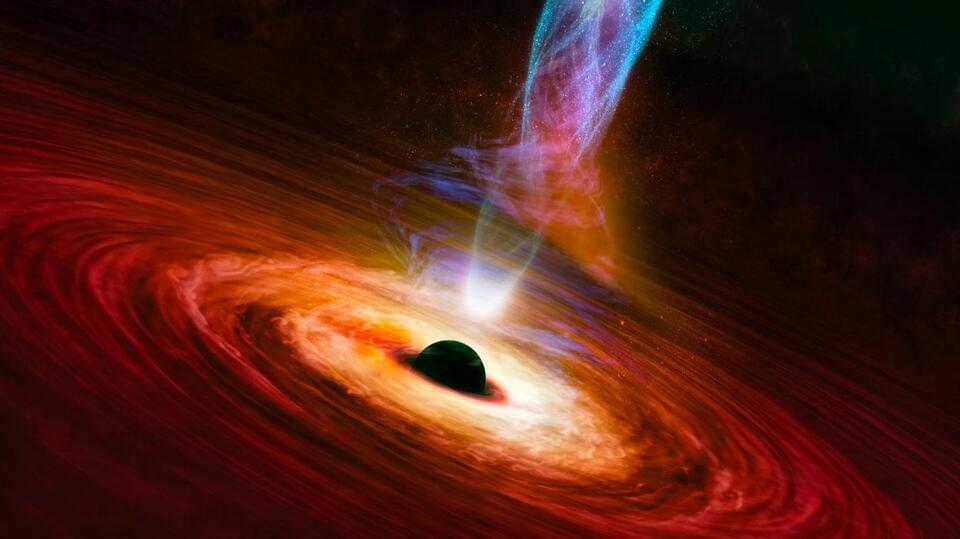
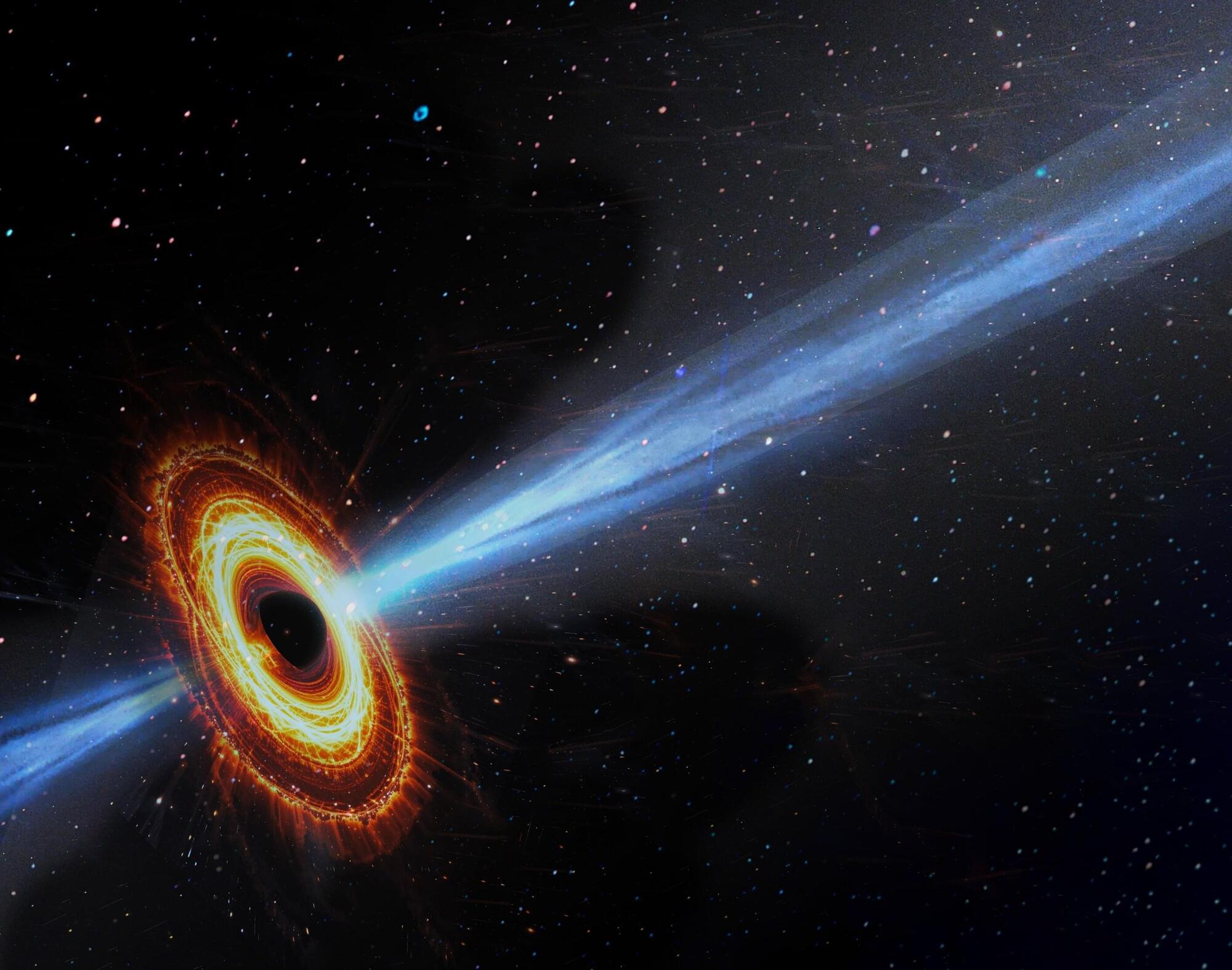
An international team of researchers used multi-wavelength observations of active galactic nuclei to study how black holes launch relativistic jets. The sixteen sources were observed with the Event Horizon Telescope during its first campaign in 2017. The extreme resolution achieved by the Event Horizon Telescope enabled studies of jets closer than ever to the central supermassive black holes of these galaxies.
The team investigated the acceleration and magnetization of the jets by comparing results obtained at various frequencies and angular scales. The work was led by scientists from the MPIfR in Bonn, Germany, and the IAA-CSIC in Granada, Spain, and is now published in Astronomy & Astrophysics.
To assess the accuracy in understanding the evolution of jets in the centers of active galaxies with supermassive black holes, an international research team led by Jan Röder (MPIfR and IAA-CSIC) compared observations made with the Event Horizon Telescope with previous studies using the Very Long Baseline Array and the Global Millimeter VLBI Array, which probe much larger spatial scales.
Where do we come from? Why are we here? These perennial questions have echoed across cultures and epochs, from mythological accounts to scientific inquiries. In The Origins of Us, I explore a unified narrative that transcends classical reductionist models

This week, ALMA researchers reported the discovery of oxygen in the most distant known galaxy. Geologists believe unusual structures in rock in the desert regions of Namibia, Oman and Saudia Arabia may be evidence of an unknown microorganism. And a group of physicists may have generated a tiny charge of electricity using the Earth’s rotational energy. But the biggest story by far is the second release of data from the DESI survey of the universe, which could upend the standard model:
An emerging generation of cosmological surveys launched this week with the second release of data from the Dark Energy Spectroscopic Instrument at Kitt Peak National Observatory in Arizona, which is mapping an unprecedentedly huge number of galaxies spanning 11 billion years of cosmic history in order to better understand dark energy.
Astronomers have known for many decades that the universe is expanding; in the 1990s, the first image of the cosmic microwave background—the echo of the big bang—revealed that this expansion is accelerating for unknown reasons. Astronomers call this expansion “dark energy,” which translates to “we don’t understand what this energy is.”
Joscha Bach is a cognitive scientist focusing on cognitive architectures, consciousness, models of mental representation, emotion, motivation and sociality.
Patreon: / curtjaimungal.
Crypto: https://tinyurl.com/cryptoTOE
PayPal: https://tinyurl.com/paypalTOE
Twitter: / toewithcurt.
Discord Invite: / discord.
iTunes: https://podcasts.apple.com/ca/podcast… https://pdora.co/33b9lfP Spotify: https://open.spotify.com/show/4gL14b9… Subreddit r/TheoriesOfEverything: / theoriesofeverything Merch: https://tinyurl.com/TOEmerch 0:00:00 Introduction 0:00:17 Bach’s work ethic / daily routine 0:01:35 What is your definition of truth? 0:04:41 Nature’s substratum is a “quantum graph”? 0:06:25 Mathematics as the descriptor of all language 0:13:52 Why is constructivist mathematics “real”? What’s the definition of “real”? 0:17:06 What does it mean to “exist”? Does “pi” exist? 0:20:14 The mystery of something vs. nothing. Existence is the default. 0:21:11 Bach’s model vs. the multiverse 0:26:51 Is the universe deterministic 0:28:23 What determines the initial conditions, as well as the rules? 0:30:55 What is time? Is time fundamental? 0:34:21 What’s the optimal algorithm for finding truth? 0:40:40 Are the fundamental laws of physics ultimately “simple”? 0:50:17 The relationship between art and the artist’s cost function 0:54:02 Ideas are stories, being directed by intuitions 0:58:00 Society has a minimal role in training your intuitions 0:59:24 Why does art benefit from a repressive government? 1:04:01 A market case for civil rights 1:06:40 Fascism vs communism 1:10:50 Bach’s “control / attention / reflective recall” model 1:13:32 What’s more fundamental… Consciousness or attention? 1:16:02 The Chinese Room Experiment 1:25:22 Is understanding predicated on consciousness? 1:26:22 Integrated Information Theory of consciousness (IIT) 1:30:15 Donald Hoffman’s theory of consciousness 1:32:40 Douglas Hofstadter’s “strange loop” theory of consciousness 1:34:10 Holonomic Brain theory of consciousness 1:34:42 Daniel Dennett’s theory of consciousness 1:36:57 Sensorimotor theory of consciousness (embodied cognition) 1:44:39 What is intelligence? 1:45:08 Intelligence vs. consciousness 1:46:36 Where does Free Will come into play, in Bach’s model? 1:48:46 The opposite of free will can lead to, or feel like, addiction 1:51:48 Changing your identity to effectively live forever 1:59:13 Depersonalization disorder as a result of conceiving of your “self” as illusory 2:02:25 Dealing with a fear of loss of control 2:05:00 What about heart and conscience? 2:07:28 How to test / falsify Bach’s model of consciousness 2:13:46 How has Bach’s model changed in the past few years? 2:14:41 Why Bach doesn’t practice Lucid Dreaming anymore 2:15:33 Dreams and GAN’s (a machine learning framework) 2:18:08 If dreams are for helping us learn, why don’t we consciously remember our dreams 2:19:58 Are dreams “real”? Is all of reality a dream? 2:20:39 How do you practically change your experience to be most positive / helpful? 2:23:56 What’s more important than survival? What’s worth dying for? 2:28:27 Bach’s identity 2:29:44 Is there anything objectively wrong with hating humanity? 2:30:31 Practical Platonism 2:33:00 What “God” is 2:36:24 Gods are as real as you, Bach claims 2:37:44 What “prayer” is, and why it works 2:41:06 Our society has lost its future and thus our culture 2:43:24 What does Bach disagree with Jordan Peterson about? 2:47:16 The millennials are the first generation that’s authoritarian since WW2 2:48:31 Bach’s views on the “social justice” movement 2:51:29 Universal Basic Income as an answer to social inequality, or General Artificial Intelligence? 2:57:39 Nested hierarchy of “I“s (the conflicts within ourselves) 2:59:22 In the USA, innovation is “cheating” (for the most part) 3:02:27 Activists are usually operating on false information 3:03:04 Bach’s Marxist roots and lessons to his former self 3:08:45 BONUS BIT: On societies problems.
Pandora: https://pdora.co/33b9lfP
Spotify: https://open.spotify.com/show/4gL14b9…
Subreddit r/TheoriesOfEverything: / theoriesofeverything.
Merch: https://tinyurl.com/TOEmerch.
0:00:00 Introduction.
0:00:17 Bach’s work ethic / daily routine.
0:01:35 What is your definition of truth?
0:04:41 Nature’s substratum is a \.